|
Although first produced in Germany in the 1820s-1830s, Noah's Arks from the Erzgebirge region of Germany first gained popularity here in the US around 1880-1890. They were "Sunday toys" to be played with by the children only on Sundays, as the ark came complete with Noah and his family and was a good way to teach Victorian children about Noah and how he took two of each animal on the ark he built to ride out the 40 days and 40 nights of rain. As you can imagine, back then only the wealthiest of Victorian households was able to afford an elaborate ark like this -- and to this day arks of this size with hundreds of animals command well into five figures in price range. Whether the ark is large (like this one above) or small, the price of an ark goes up according to the number of animals accompanying it. The ark above is a "deep-hulled" ark, also being more desirable (and more expensive) than the flat bottom arks, although today's collectors are crazy about them both. 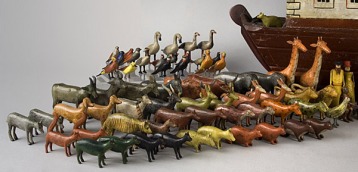 The animals are all carved to scale to fit the particular ark they're made for. Giraffes for the largest of arks can be at tall as 5". 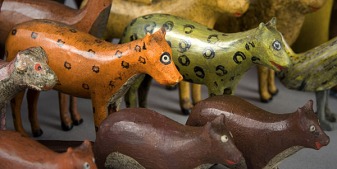 Animals have a wonderful folk art appeal. This large ark comes with Noah and seven family members. The monkeys are particularly appealing, as are the insects which are found in especially large sets. Not pictured, but part of my set, are moths with delicate paper wings. Nice example of a flat bottom ark in bright lavender and lilac colors with paper border. Roofs are generally grain-painted in red. 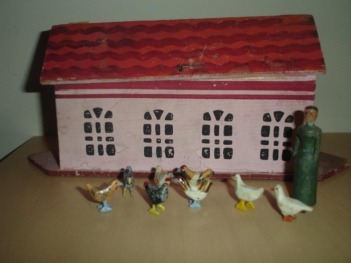 A smaller example of a flat-bottom ark 17" long with typical grain-painted roof. This is one of many arks in Maria and Dieter's collection. Unpainted versions were, of course, cheaper to produce. For some reason, we rarely see these in the US. Most American collectors have never been exposed to the unpainted versions and, as a result, they are not properly appreciated here in the US as they are in Germany. A wonderful deep-hulled ark!!!! 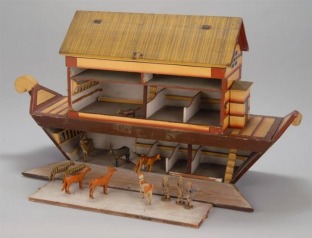 A fabulous ark on two levels. It is unusual for there to be a door exposing the hull of the ark. This measures a whopping 30 1/2". Unfortunately, not many animals available. Finding animals later to complete an ark is always difficult; in this case probably virtually impossible due to the size of the ark and the scale of the animals that would be needed. Nonetheless, a beautiful example!
0 Comments
Leave a Reply. |
Archives
May 2015
Susan's PageWelcome to Living Tastefully’s “Antique of the Week” page. Our love of antiques is reflected in every aspect of our everyday lives. We are passionate about collecting and also love functional antiques that can actually be used and not only admired. Hopefully we can inspire you to incorporate antiques in your home and your life to add charm and beauty to your surroundings.
All
Links
|
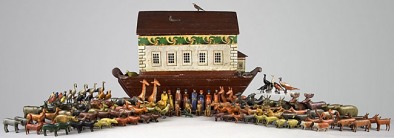
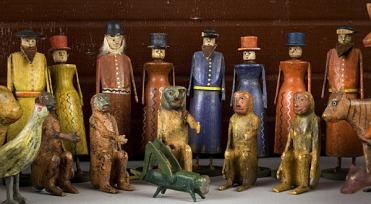
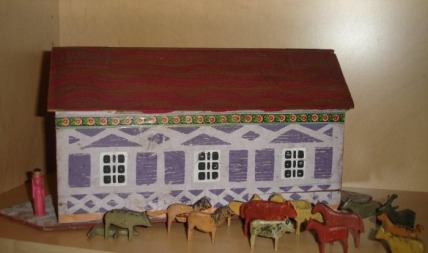
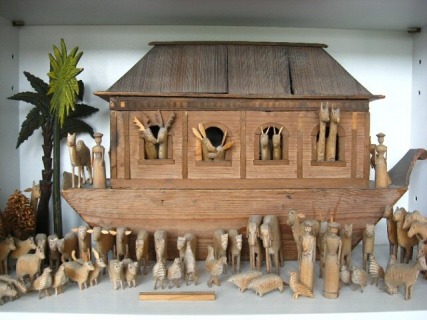

 RSS Feed
RSS Feed